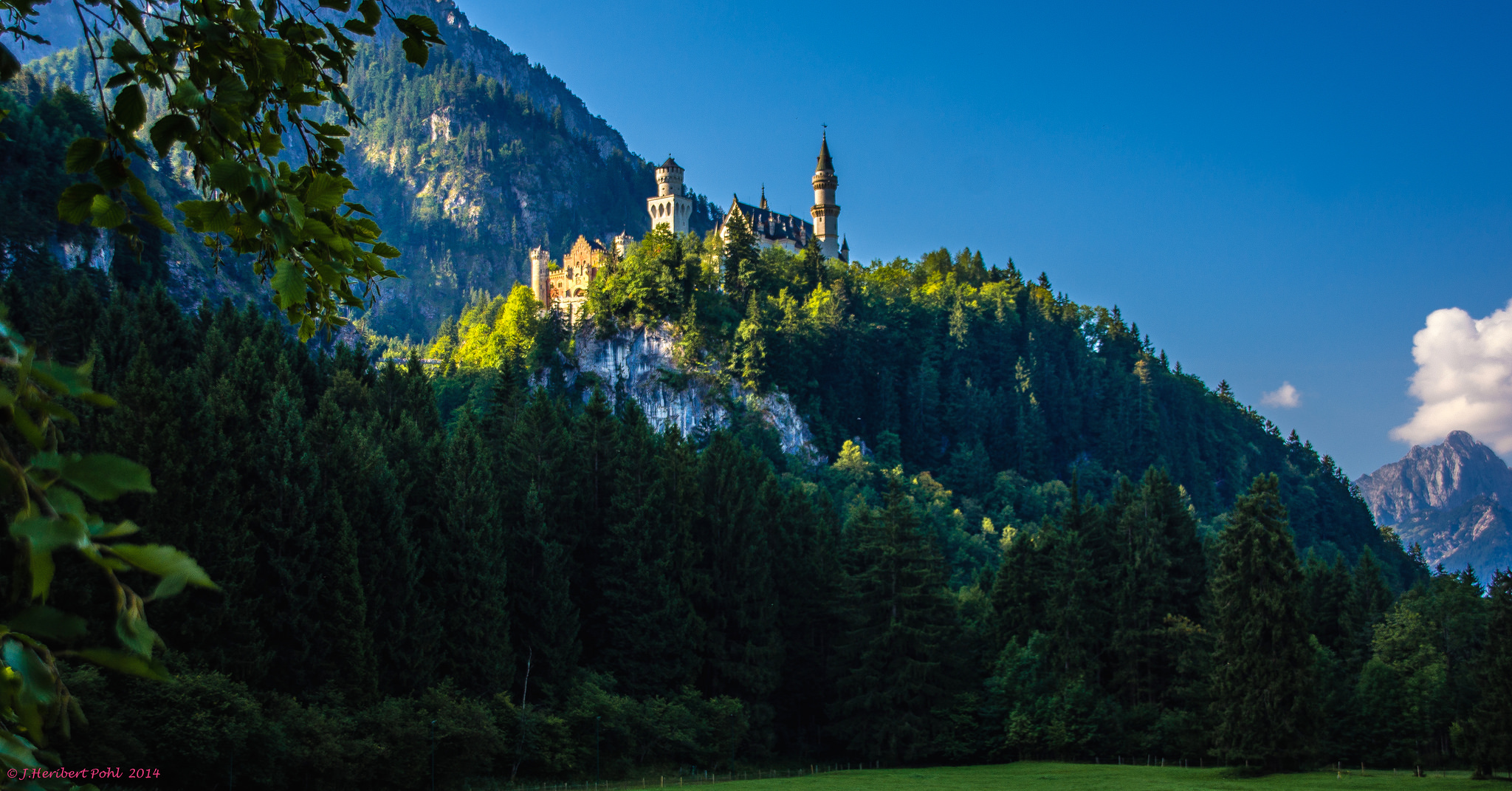
King Ludwig’s Way, Germany, takes you through medieval castles and calm blue lakes. Besides, the breathtaking views of the Alps and wonderful landscapes are the perfect combination to awaken all your senses. Meanwhile, you explore Balvaria, a city full of history of Bavaria, located in the southern part of Germany. This footpath is not only about amazing natural views, but also about the castles of King Ludwig II of Bavaria. He was known as the “Mad King Ludwig” or “Fairytale King”, because of his eccentric lifestyle and his obsession with fairytale-like castles.
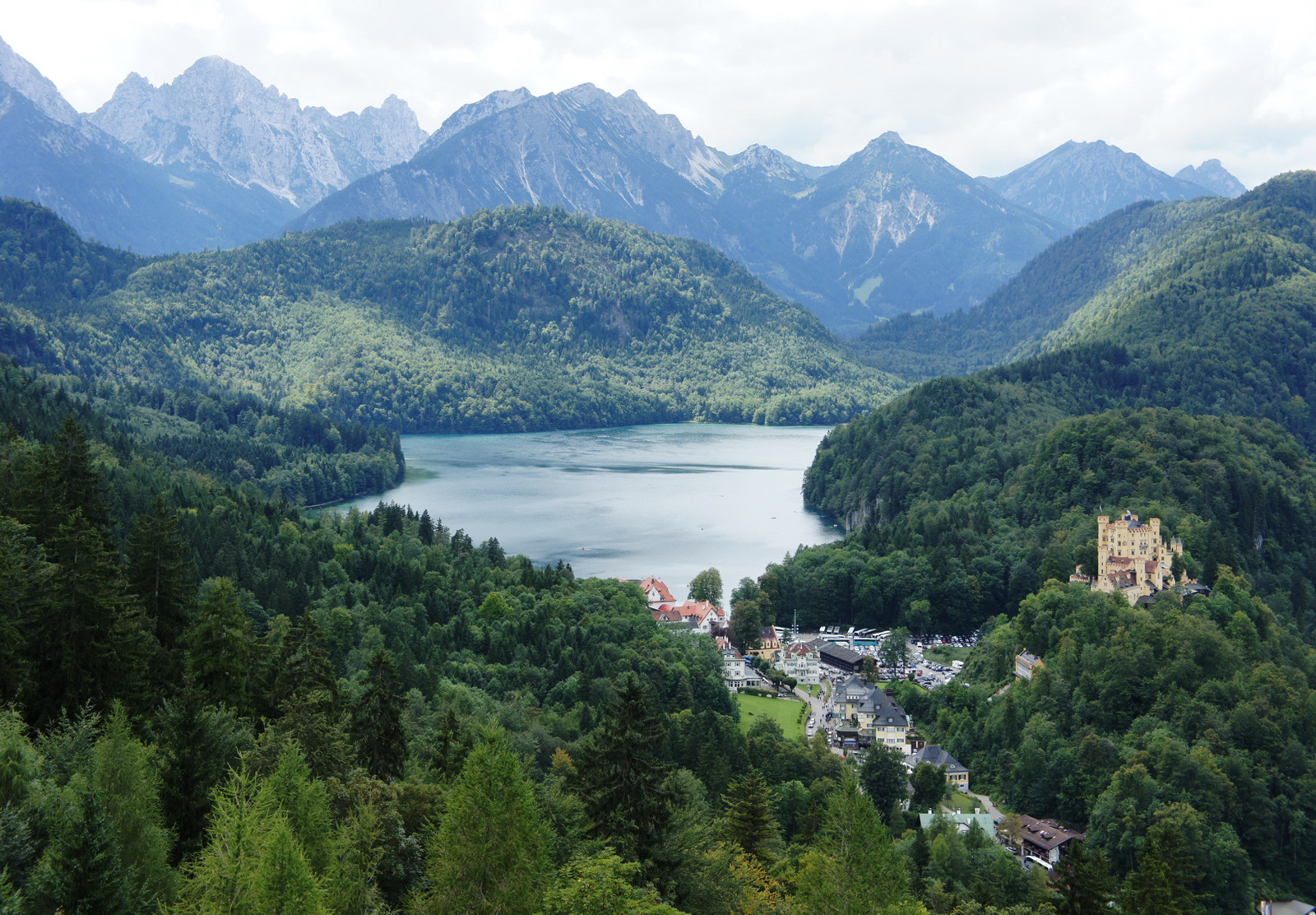
King Ludwig’s Way is the perfect option for the ones who want to connect themselves to nature and admire the panoramic views of the distant Alps. This walk through the city of Bavaria begins at Leoni, near Starnberg on the edge of the Starnbergsee lake. It then ends at Füssen, close to the Neuschwanstein castle, one of the most impressive castles in Europe. This castle is definitely the cherry on top after this long journey.
Activity/Place Highlights
First section: from Leoni to Starnberg (5 km/3 miles)
This trail is separated in different stages or daily sections, which can usually be completed in a week long-stroll. Some of them are around 20km long, however, the first section is way shorter. Here, you can have a panoramic view of the fifth-longest lake of Germany: the Starnbergsee. This lake matches very well with the contrast of the blue sky and the lively green of the forest. On the lakeshore, you can visit the tiny Votive Chapel, near the place where the King’s remains were found after his mysterious death.
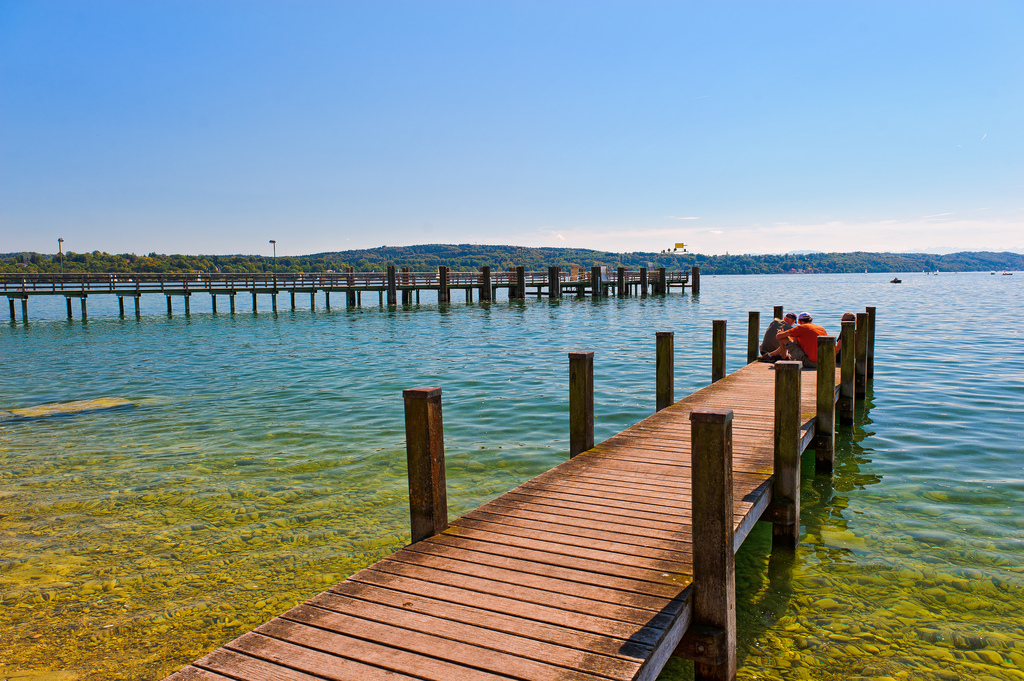
Second section: from Starnberg to Diessen (20 km/13 miles)
The second stage is from Starnberg towards Diessen, which is located on the edge of the Ammersee lake. During this part of the trail, you can enjoy a relaxing walk via the Mazinger ravine, and then visit the bucolic and pretty village of Aschering. A visit to the hill-top Andechs monastery is a must, with its natural views and the architectonic style. Besides, as this place is really famous for its brewery, you can make a little pause to give the beer a try.

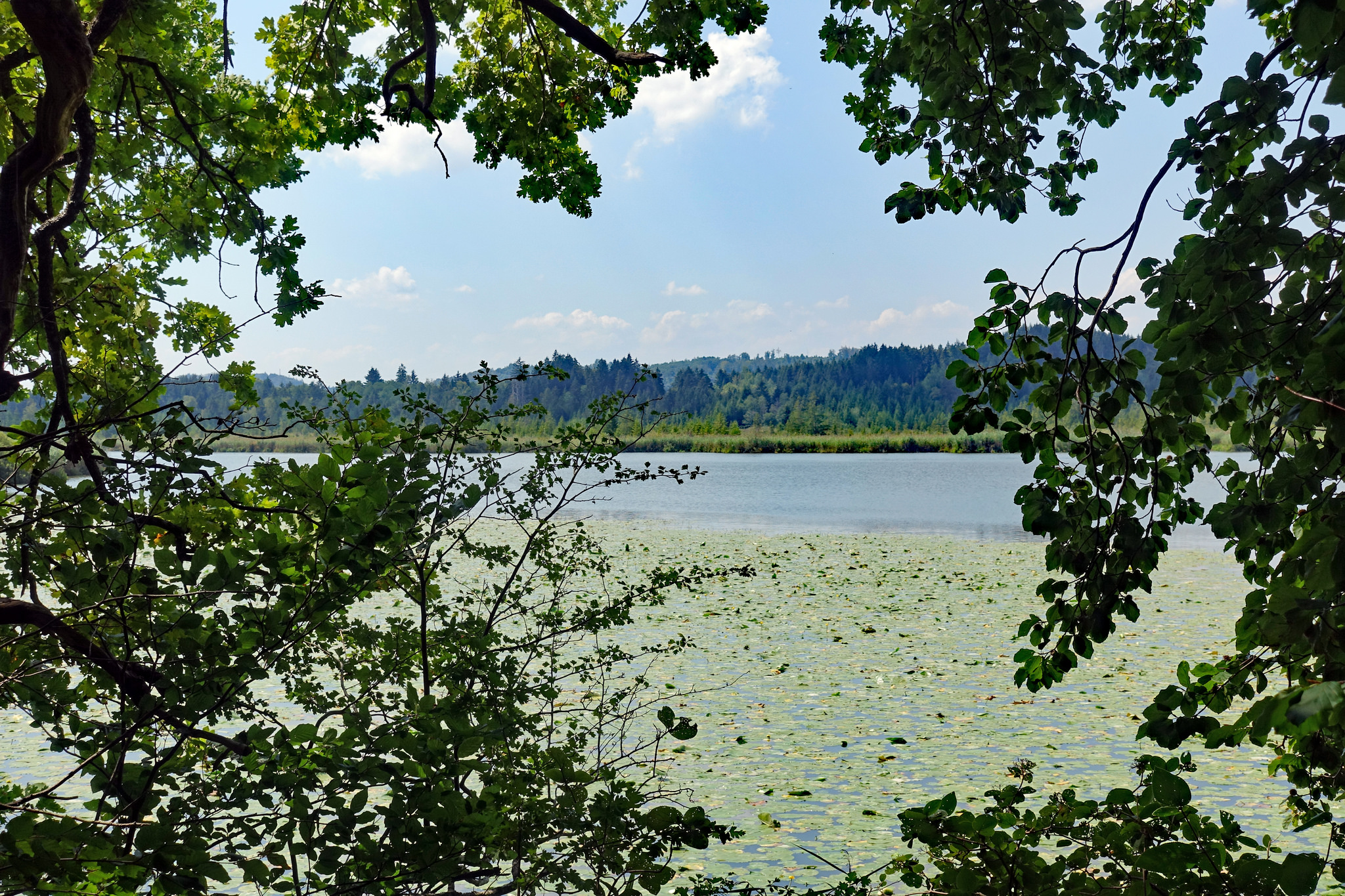
Diessen
Your next stop is set on the southern shore of the Ammersee, specifically, the small town of Diessen (easily reached by ferry). Also known as Diessen am Ammersee, it has a charming waterfront park that you can visit. Then, you can go to some of the town traditional restaurants or Gasthofs, and taste the delicious and varied Bavarian cuisine. Although the town is small, there’s a lot to try and see.
Third section: from Diessen to Wessobrun (17 km/11 miles)
On the way out of Diessen, there’s a baroque building that you cannot miss: the Marienmünster church or the church of Maria. It has impressive architecture, and it’s painted and decorated beautifully inside. You won’t be able to tear your eyes away from the rich decorations and that white and gold contrast of the church.


The route continues through idyllic woods and open pastures to Wessobrun, where you can find the rural popular village of Wies. Besides its ornately decorated baroque monastery and church, you can walk through serene pine forests.
Fourth section: from Wessobrun to Peiting (14 km/9 miles)
If you continue via St Leonhard-im-Forst, you can reach the highest point of Hohenpeisserd hill. here, you will have the most splendid views of the distant Alps and small villages of Wessobrun. From this point on you can choose to continue on foot down to the pretty municipality of Peiting, or to take a train.
Fifth section: from Peiting to Rottenbuch (19 km/12 miles)
There’s certainly a lot to see while walking from Peiting to Wildsteig. From the stunning gorge of the Ammerschlucht, also known as the Bavarian “Grand Canyon”, to the Rottenbuch municipality and its beautiful Rottenbuch Abbey church.
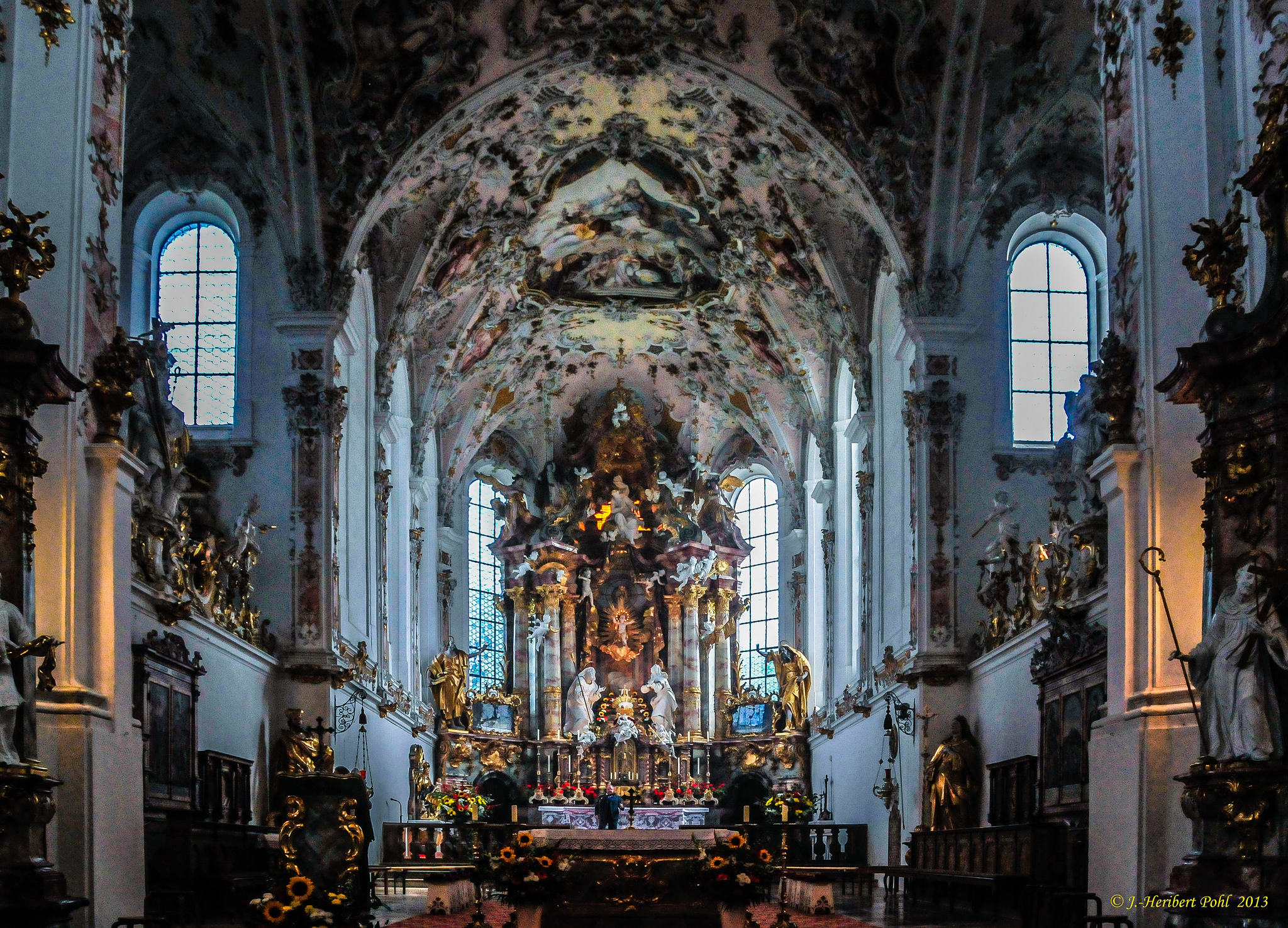
Sixth section: from Rottenbuch to Buching (19 km/12 miles)
As you approach Buching, the towers of Neuschwanstein Castle can be seen on a distant hill. Although there are buses up to the castle, the most fitting way to arrive is via the awe-inspiring ascent through the steep and narrow Pöllat Gorge. But one thing is for sure, no matter which way you choose, stunning and fairytale-like castles are the best sights. First, the Hohenschwangau Castle, where King Ludwig spent his childhood. And above all, the Neuschwanstein Castle, which inspired Disney’s sleeping beauty castle, situated on a rugged hill near Füssen.
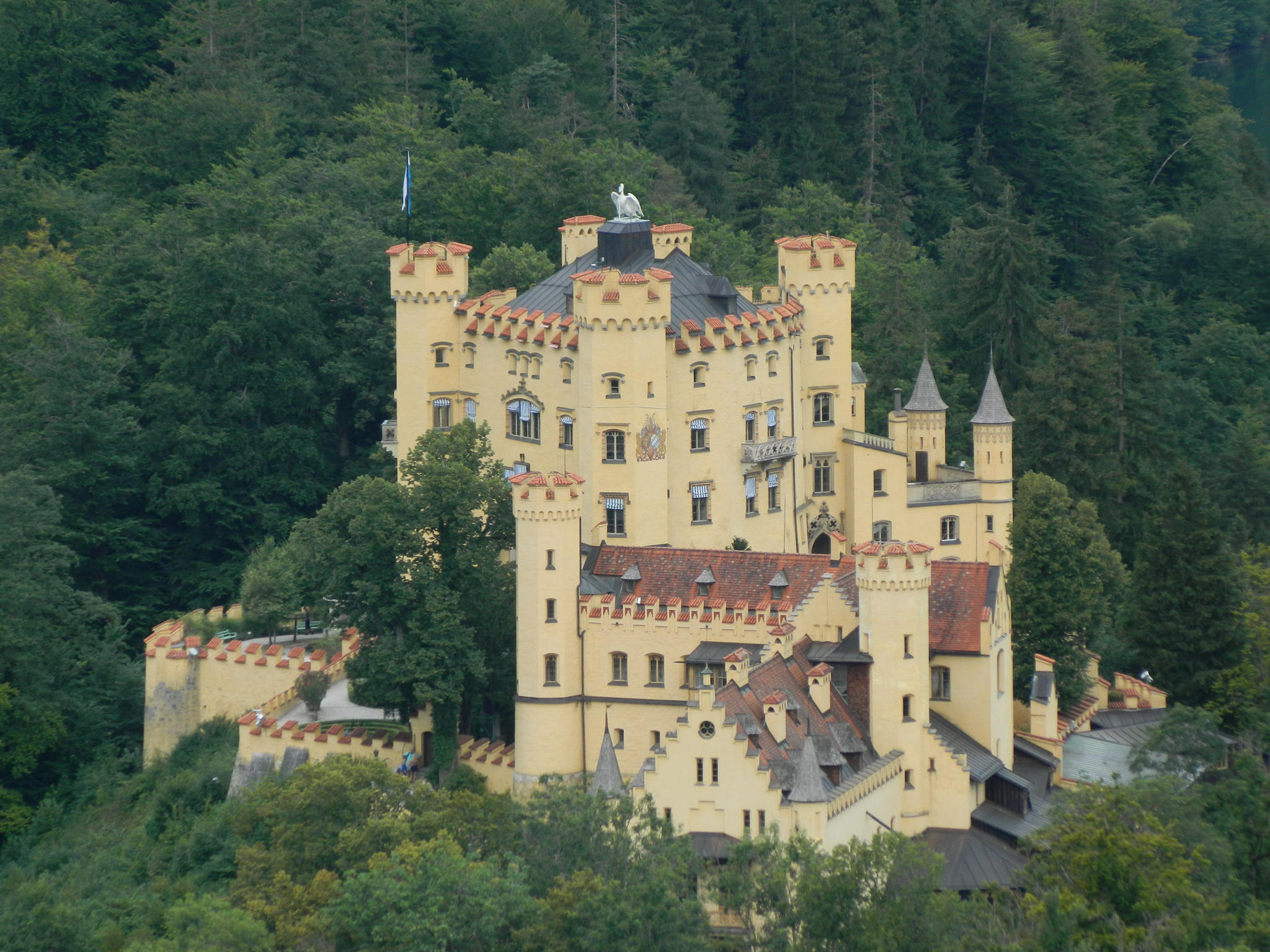
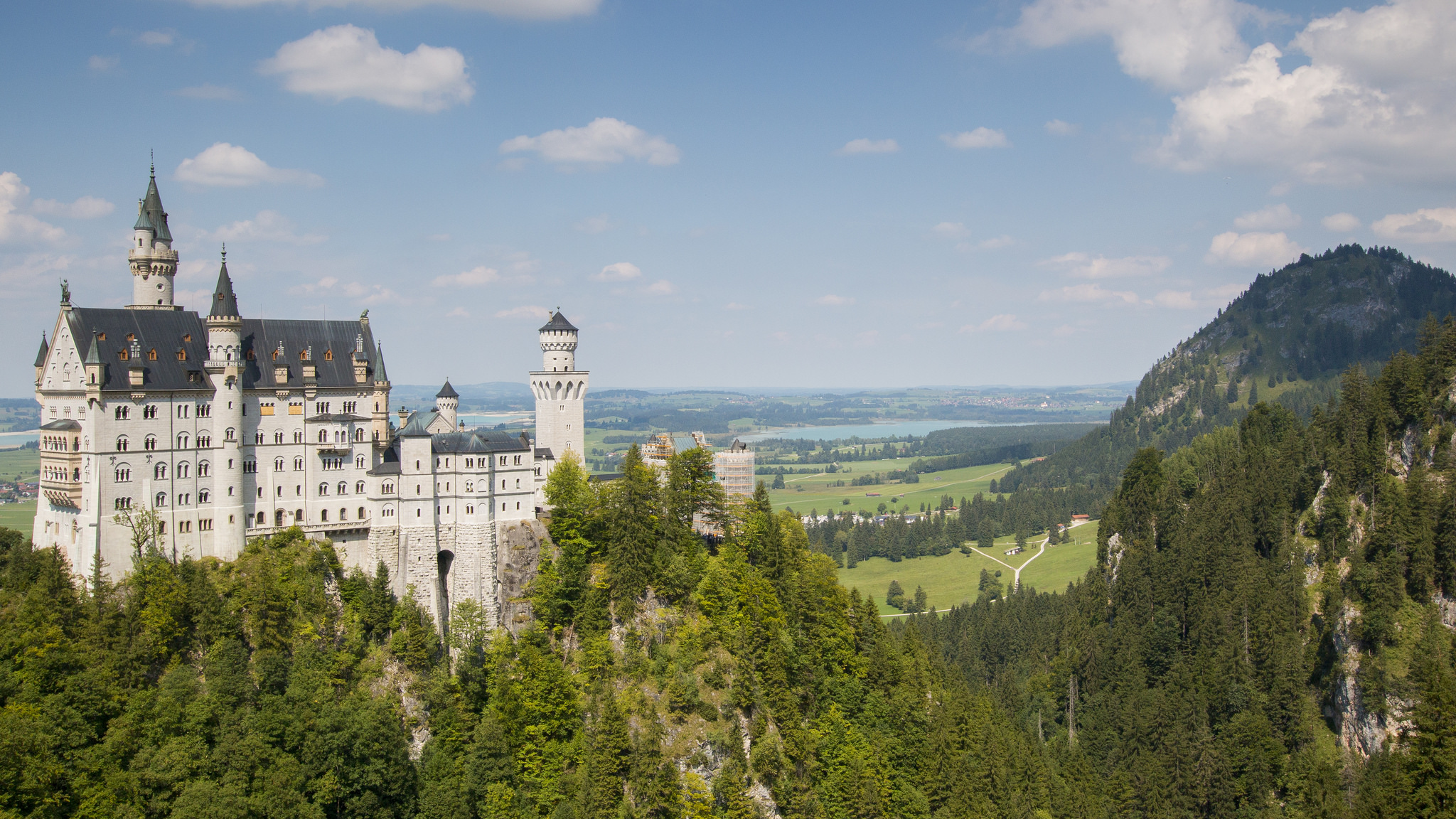
How to get there
The nearest international airport is Munich. From there, a 90-minute train journey takes you to Sternberg. The walking is fairly easy for most of the route.
When to go
The best time to go is between May and early October.
How long
King Ludwig’s Way is a 120 km trail that can be completed between six or seven days.
Planning
The UK-based Sherpa Expeditions offers tours along King Ludwig’s Way. It arranges accommodation en route, daily luggage transfers so that you only need to carry a daypack, and international flights if necessary.
History
King Ludwig had a peculiar way of living and ruling style, and his building projects seemed exaggerated to his enemies, troubling them. In 1886, without any medical evidence, the King was declared insane and dethroned. Then, three days passed and Ludwig, alongside his physician, went for a walk to the Starnbergsee lake. Later that night, the bodies of both men were found in the lake. Many people have theorized that the incident might have been suicide or murder, but the actual cause of their deaths remains a mystery.

If you loved this article or found it useful, don’t forget to share it with your adventurous and travel-hacking friends! If you want more posts like this, follow us on Youtube, Instagram, Pinterest, Twitter, Facebook or Reddit and subscribe to our newsletter!

